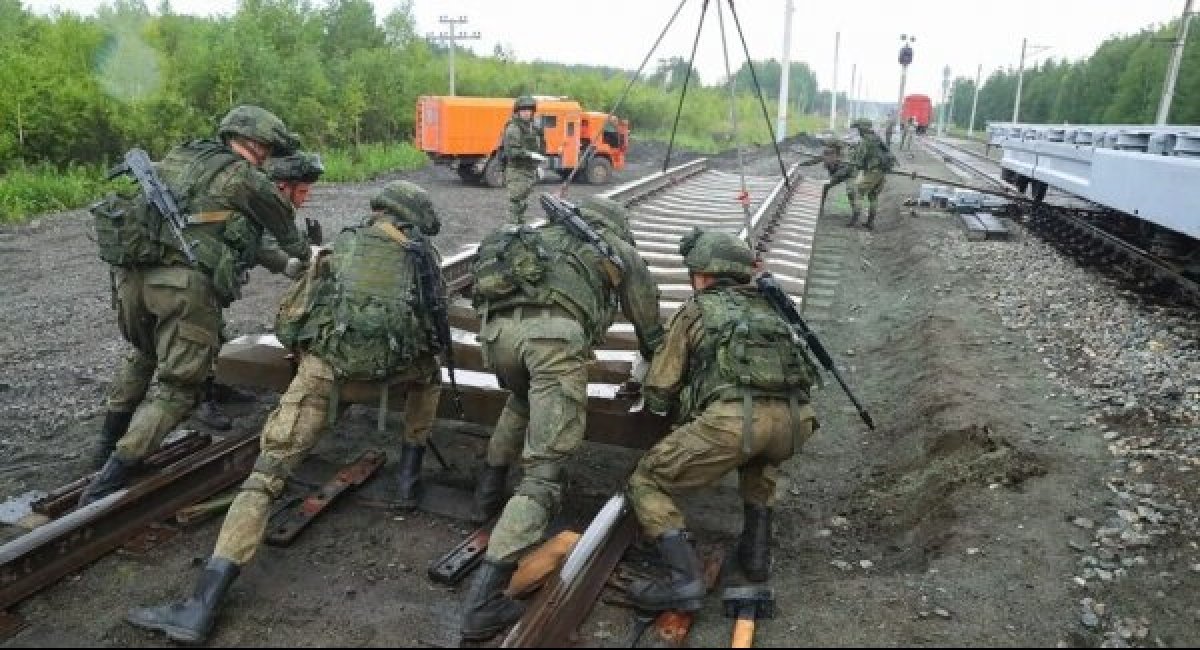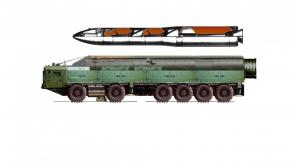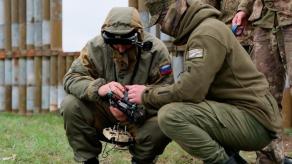Media reports suggest that russians are planning to build a railway connection between Taganrog and the Ukrainian city of Mariupol, currently under russian occupation. The railroad should open fast-track logistics from the russian federation to the entire south of Ukraine and even become an alternative to the so-called Crimean Bridge in terms of the volumes of supplies it would be able to deliver for the armed forces, or says Petro Andriushchenko, Adviser to the Mariupol city Mayor.
This may lead to a wrong conclusion that Ukrainian forces cutting through the land corridor between Crimea and Donbas (collective name for eastern regions of Ukraine) with the Mariupol city in its core, might not bring the strategic effect Ukrainians are expecting. That is, because the russians will have a railway by that time anyway. But regardless of whether the plan to build this rail route is true or not, there are aspects to this possibility we'd like to discuss.
Read more: Ukraine’s Troops Continue Their Offensive South of Bakhmut Achieving Successes Near Klischiyivka, Otradovka, Shumy
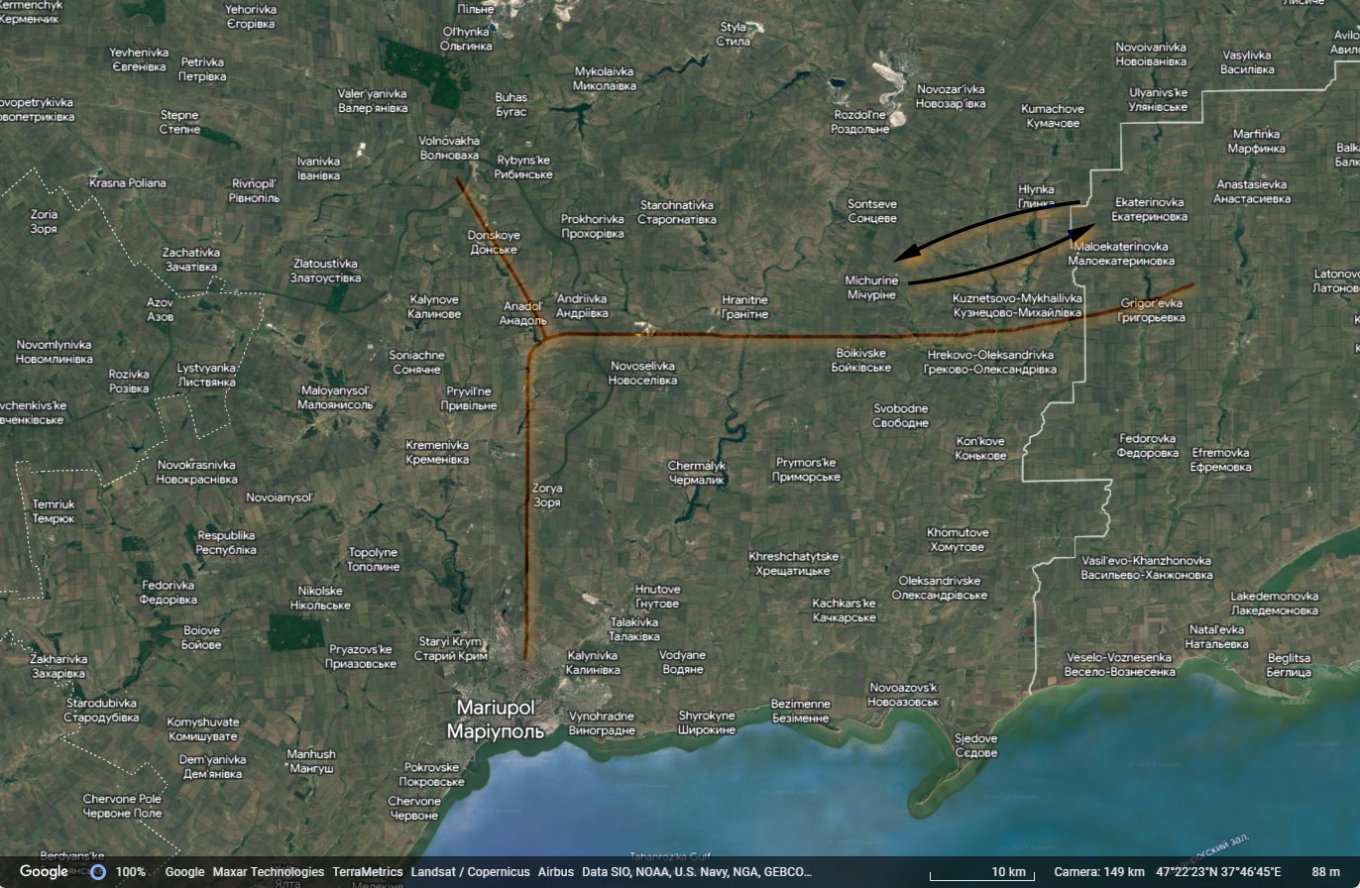
First of all, let's take a closer look at the parameters of this railway project. There is already a scheme that suggests russians will construct the tracks toward a crossroad in between Mariupol and Volnovakha, both relatively big cities of district importance and railway hubs. To make this work, the russians need to build a rail bridge over the Kalmius river.
Depending on the exact place, the width of Kalmius' streambed varies from 1.5 to 80 meters (5 to 260 feet), and the width of the floodplain from 150 to 2,000 meters (500 feet to 1.24 miles). If we take those data as a basis, the bridge over Kalmius sounds like a feasible thing to build.
The issue, though, is how much time the russian military railwaymen would need to lay the bridge and a total of 50 km of tracks. We can roughly say it would take at least a few months. Any more detailed deadlines may appear in the process.
For now all that is available is some photos showing preparations for building a bridge over Kalmius and the words by local russian-appointed "authorities" de-facto recognizing such works are in progress.
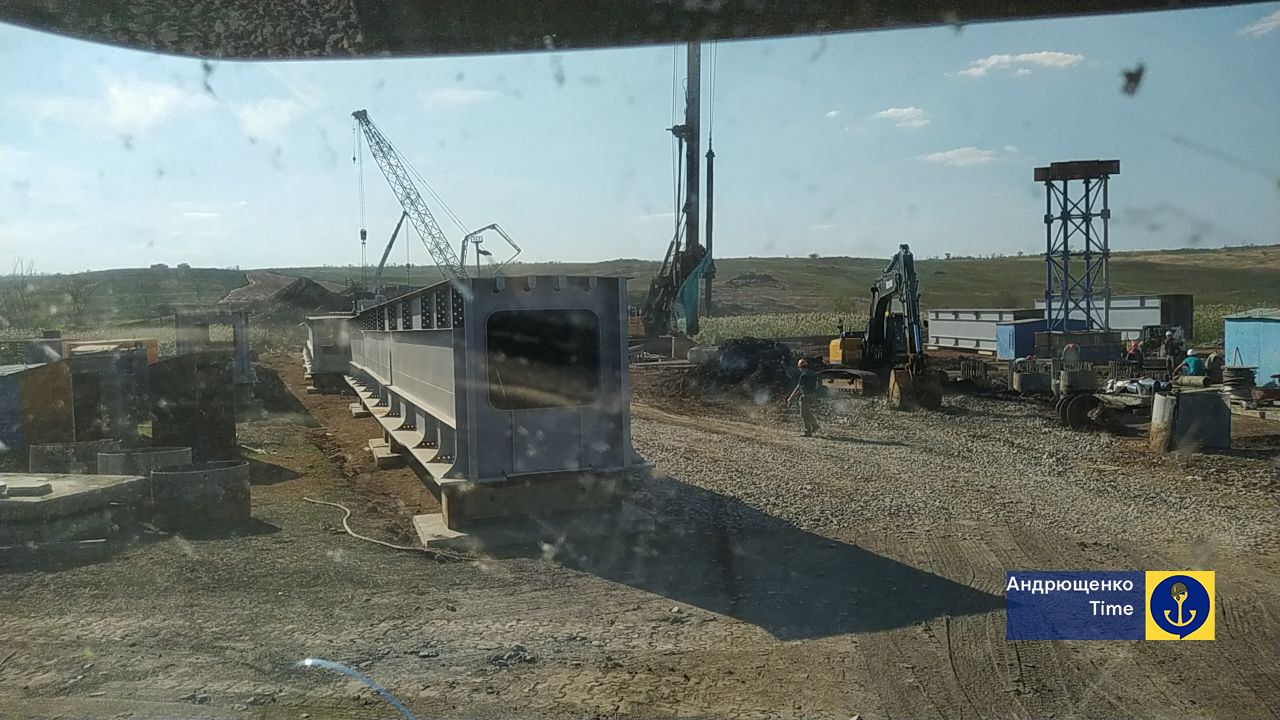
The russian Railway Troops consist of around 40,000 personnel divided into 10 brigades and equipped with associated tools and machinery to commence railway construction.
There have already been a few episodes when russia deployed its railwaymen for non-profile works – but those were rather exceptions because from then onward, the russian Ministry of Defense only assigned them with their direct responsibilities: railway maintenance in the occupied Ukrainian territories or involved them in the "megaproject" of building the second line of the Baikal–Amur Mainline.
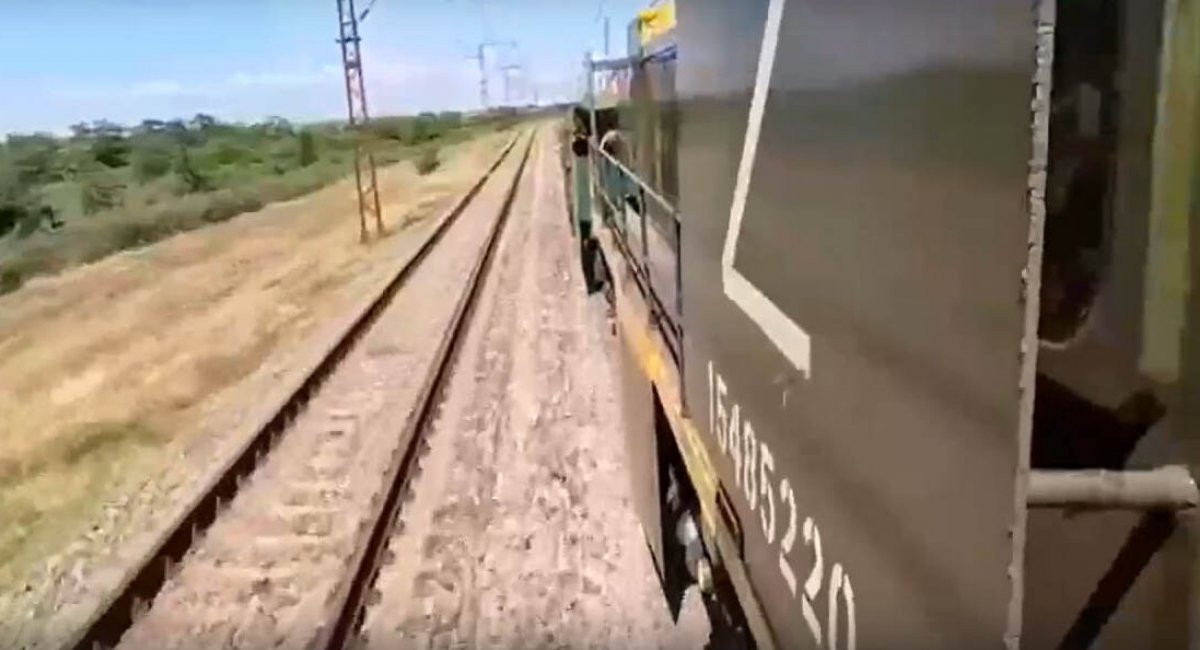
However, despite the russian fairly powerful engineering potential, the railway from Taganrog to the crossroad between Mariupol and Volnovakha cannot reach the level of an "alternative to the Crimean Bridge" in terms of logistic potential because of the inherent features of the logistic routes.
The weakest point of the Crimea–Donbas corridor is on the Volnovakha – Komysh-Zorya – Polohy route. The Ukrainian Army has been fighting for access to this logistic route for a while now in the Tokmak operational axis. Success in this direction would enable Ukrainian forces to establish fire or even physical control of this logistic chain.
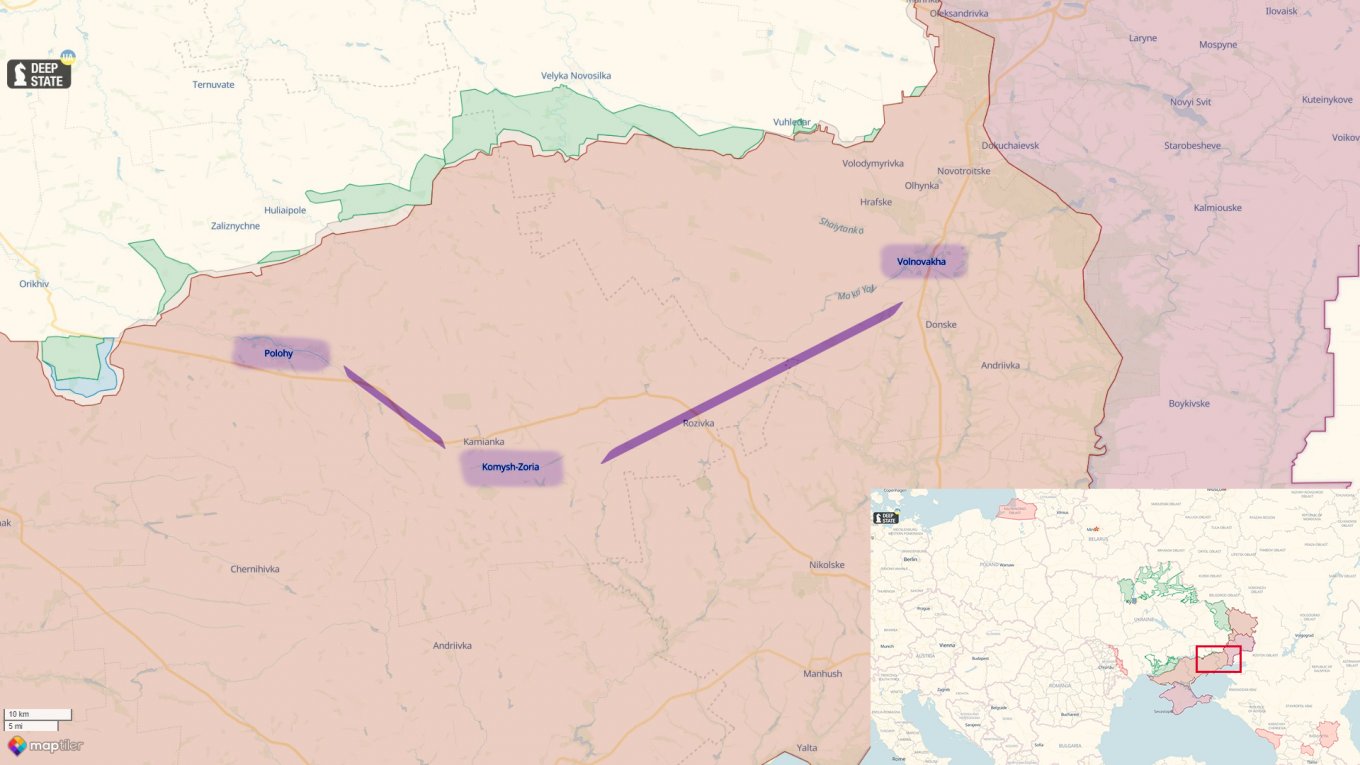
If russians instead planned to make a "duplicate" of the Volnovakha – Polohy pathway and placed it at a distance unreachable for Ukrainian weapons, then it would be fair to say a real alternative to the Crimean Bridge is looming.
What they are reportedly making now will ease their supplies to the area adjacent to the Sea of Azov. This won't make much difference in the current Ukrainian campaign. However, once the Armed Forces of Ukraine approach Mariupol, the control over this railway route may become decisive during the battles for the city.
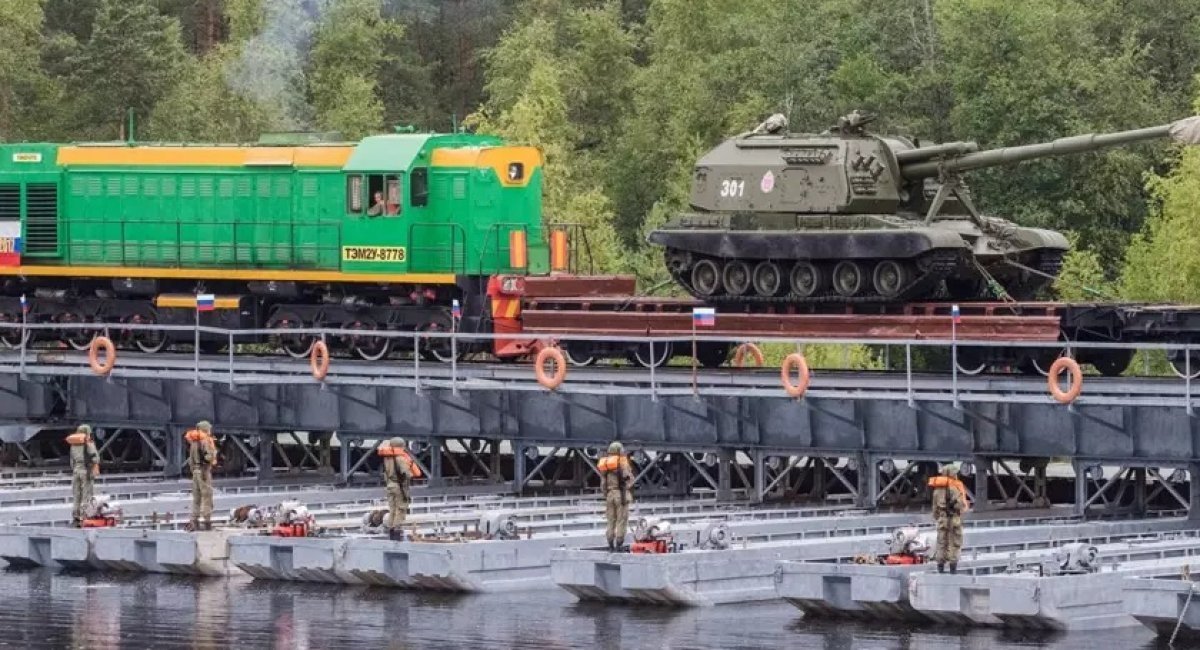
Read more: UralVagonZavod Presents Battle Tractors for russian Army




